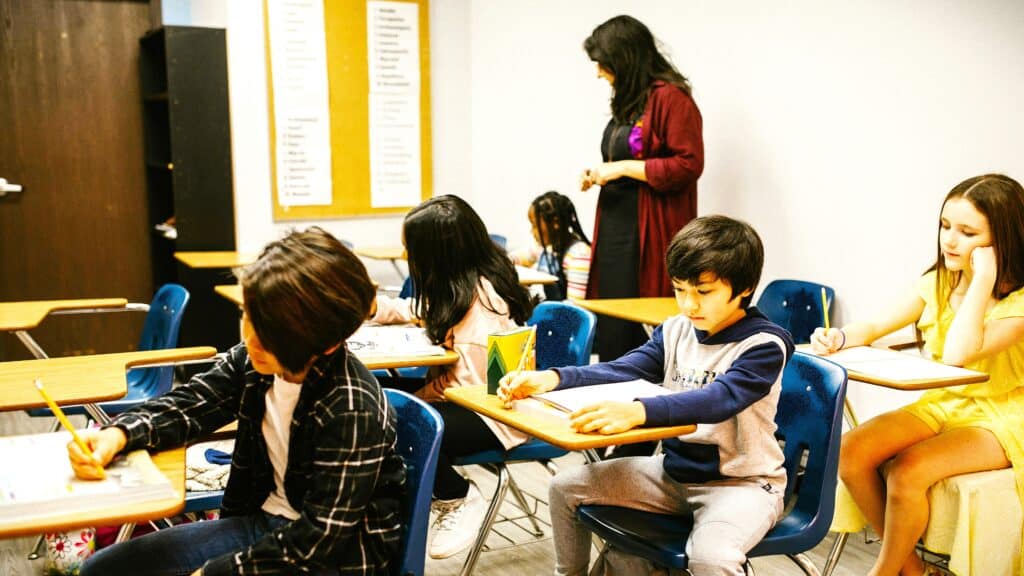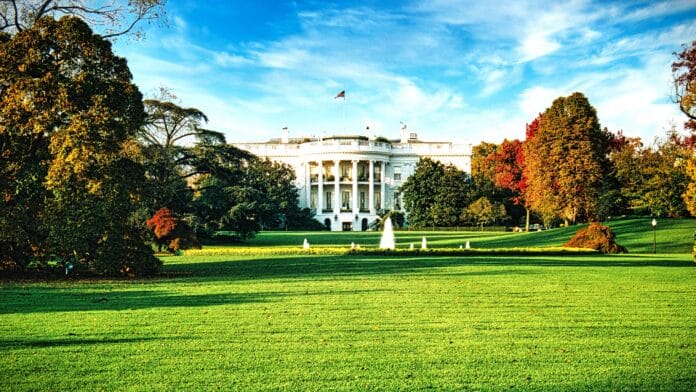On January 21, 2025, the Department of Homeland Security (DHS) under President Donald Trump rescinded the “sensitive locations” policy, a measure first implemented in 2011 under the Obama administration. This policy had limited immigration enforcement actions at schools, churches, hospitals, and other designated areas. The change means Immigration and Customs Enforcement (ICE) and Customs and Border Protection (CBP) agents are no longer required to obtain prior approval for operations in these locations.
The DHS justified the move by stating that it would prevent individuals from using these locations to evade law enforcement. “Criminals will no longer be able to hide in America’s schools and churches to avoid arrest,” a DHS spokesperson said. This statement aligns with President Trump’s broader promise of stricter immigration enforcement and mass deportations.
A Broader Context of Reversals
Critics argue that this change fits into a pattern of the Trump administration undoing policies from the Biden and Obama administrations. While such reversals are a normal part of governance when new administrations take office, the way they are framed often garners significant attention.
For example, some media outlets have portrayed the rescinding of the “sensitive locations” policy as an immediate escalation of enforcement actions. However, this change primarily removes restrictions, granting agents more discretion about where and when to act. Whether ICE or CBP will significantly increase operations in these areas remains to be seen.
Media’s Role in Shaping Perceptions
The coverage of this policy change illustrates how headlines can amplify public fear or outrage. A headline like “Trump Ends Safe Zones for Immigrants” can evoke a visceral reaction, suggesting imminent danger to immigrant communities. Meanwhile, outlets with opposing viewpoints might frame it as “Restoring Law and Order.”
Such framing is common in a polarized media landscape. Policies that represent potential rather than immediate action can still dominate the news cycle as worst-case scenarios are explored. For instance, while there have been no confirmed reports of ICE raids in schools or churches since the policy’s reversal, fear among immigrant communities and concern among advocacy groups are already widespread.
Concerns and Reactions
The rescinding of the “sensitive locations” policy has drawn sharp criticism from immigrant advocates and faith leaders. Many clergy members have reaffirmed their commitment to providing sanctuary, even at increased risk. “Churches should remain inviolable spaces,” said one pastor. “We will continue to resist any efforts to turn our sacred spaces into battlegrounds.”
Others have focused on practical responses, offering legal education and organizing to support undocumented individuals. Some cities, such as New York, are grappling with how to respond. Mayor Eric Adams stated that the city would cooperate with ICE in deporting migrant criminals but has yet to clarify its stance on enforcement actions in schools and churches.
Healthy Skepticism
This policy change raises a larger question: Are such decisions substantive shifts in enforcement, or do they primarily serve as symbolic reversals of prior administrations’ policies? Skeptics argue that the media’s framing often amplifies fear and outrage without sufficient evidence of immediate impact.
For example:
- Action vs. Potential: Rescinding the “sensitive locations” policy does not necessarily mean ICE agents are actively targeting these areas. It simply removes a procedural barrier.
- Historical Context: Similar changes in policy under past administrations have often led to less dramatic outcomes than initially feared or predicted.
To better understand the implications, it’s helpful to seek primary sources, such as the executive order’s text or DHS memos, and to monitor follow-up reports about actual enforcement actions.

The Topeka Connection
The implications of this policy shift are already being felt in local communities like Topeka, Kansas. On Thursday, January 2, 2025, at around 7:00 PM, the USD 501 school district issued a request for an emergency meeting for principals set for Friday, January 3, 2025, at 7:00 AM. The topic? Preparing schools and staff for potential visits from Immigration and Customs Enforcement (ICE). This sudden call to action has left many in the community wondering if school leaders anticipated a seismic shift in federal policy.
Traditionally, schools have been considered sensitive locations, offering children a sanctuary from enforcement actions under federal policy. However, a new executive order issued by the Office of the Presidency on January 21, 2025, rolled back those protections, leaving schools vulnerable to raids. The district’s training sessions, held weeks before the executive order’s release, have raised eyebrows and sparked questions about whether this was a proactive step based on insider knowledge or a well-timed coincidence.
The Friday meeting was mandatory for all principals in the district. Staff training sessions followed shortly after, equipping teachers and administrators with strategies to respond if ICE agents arrive on campus. “Send them to the office,” they were instructed to do, according to one source with knowledge of the trainings. The training underscored the importance of maintaining student safety and navigating legal complexities during an enforcement action.
Historically, the federal government has maintained a hands-off approach to enforcement in schools, hospitals, and places of worship. These “sensitive areas” were deemed off-limits to ICE agents to prevent undue harm to vulnerable populations. The new executive order strips schools of this designation, fueling anxiety among immigrant communities and advocates nationwide.
One critical question looms: Did the USD 501 district foresee this policy change, or was the timing of the training an extraordinary coincidence? The abruptness of the district’s response has fueled speculation about prior knowledge or a possible leak of information.
This Is Topeka reached out to USD 501 for comment and did not receive one at the time of publishing. We will update this story if a comment becomes available. To read the full story click here.
The Path Forward
The ultimate impact of this policy change will depend on how it is implemented. For now, it has heightened fears within immigrant communities and sparked debates about the sanctity of schools and churches as safe spaces. It also underscores the importance of critically evaluating how media outlets report on policy shifts and distinguishing between potential and actual outcomes.
As the story unfolds, one thing is clear: the tension between immigration enforcement and the protection of vulnerable communities remains a deeply polarizing issue in American politics.
To stay up to date with all Topeka Immigration News Click Here.





